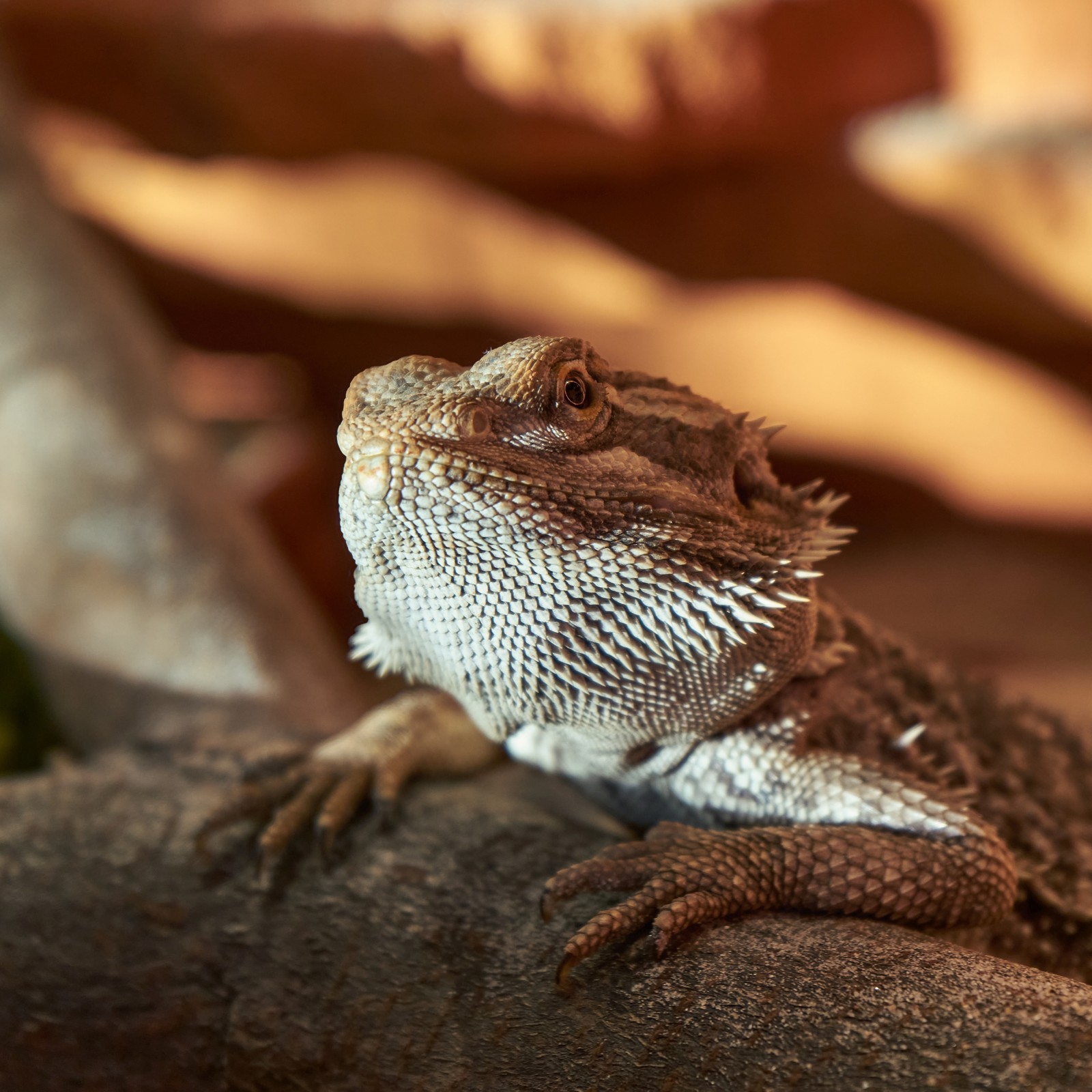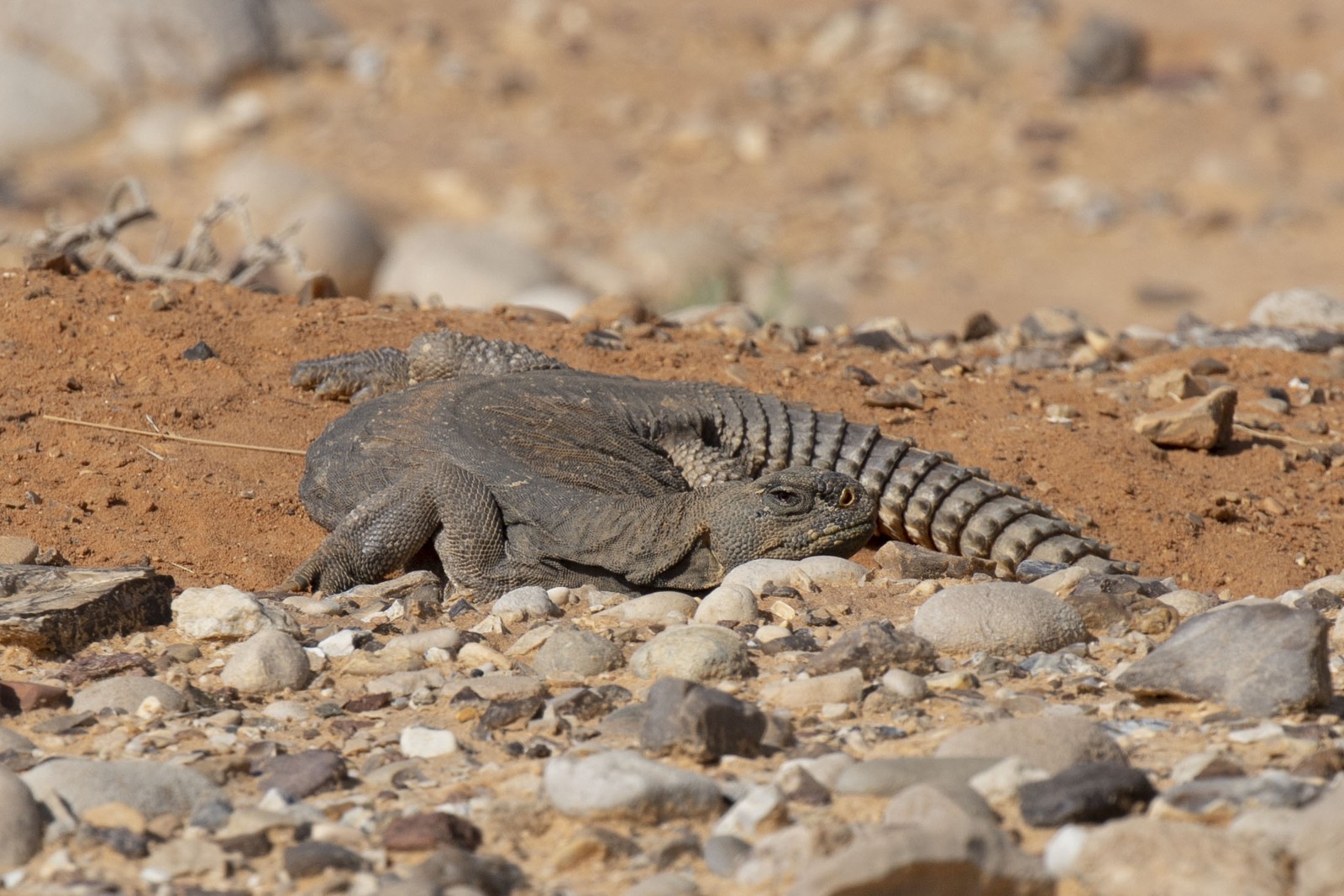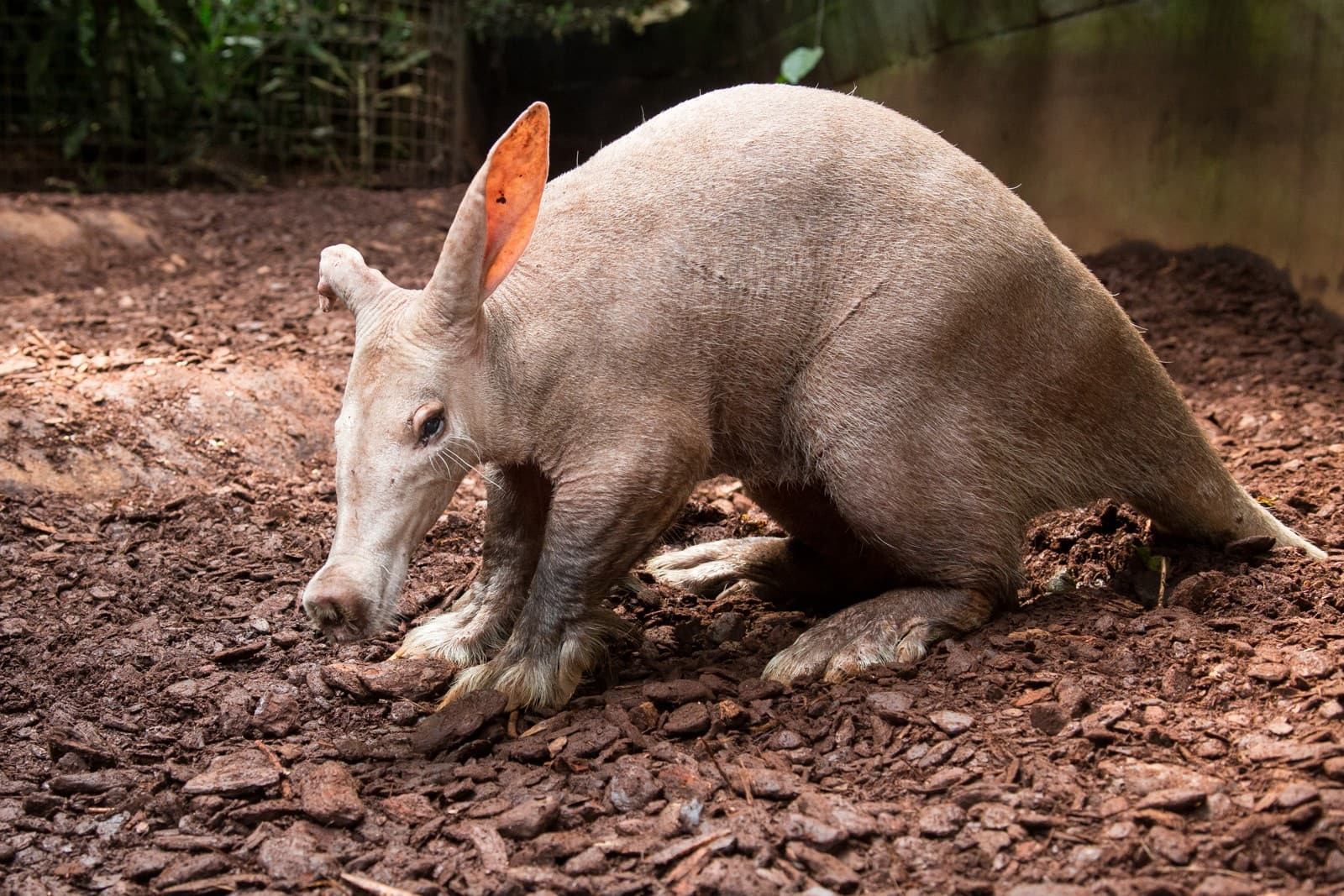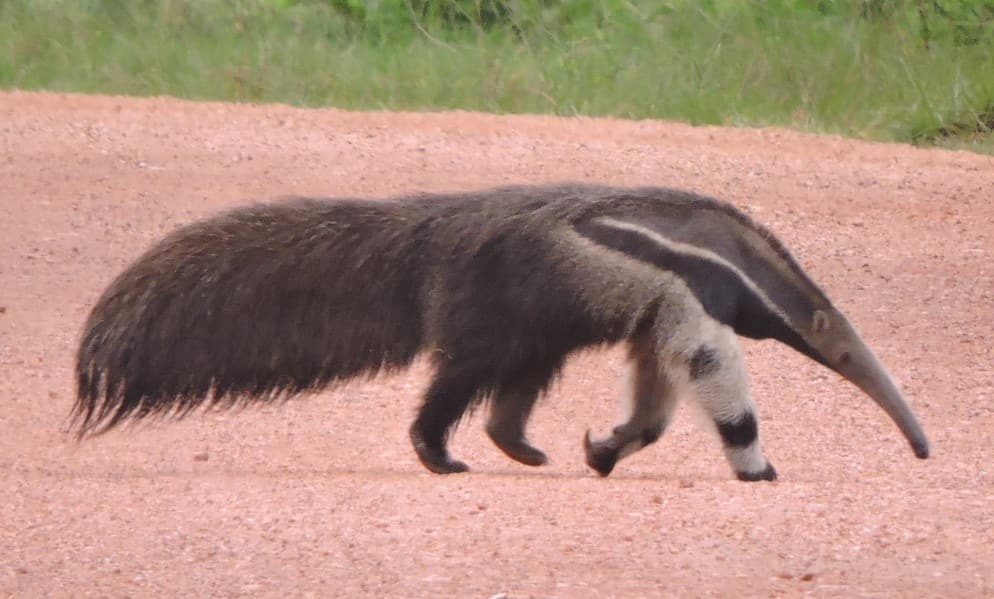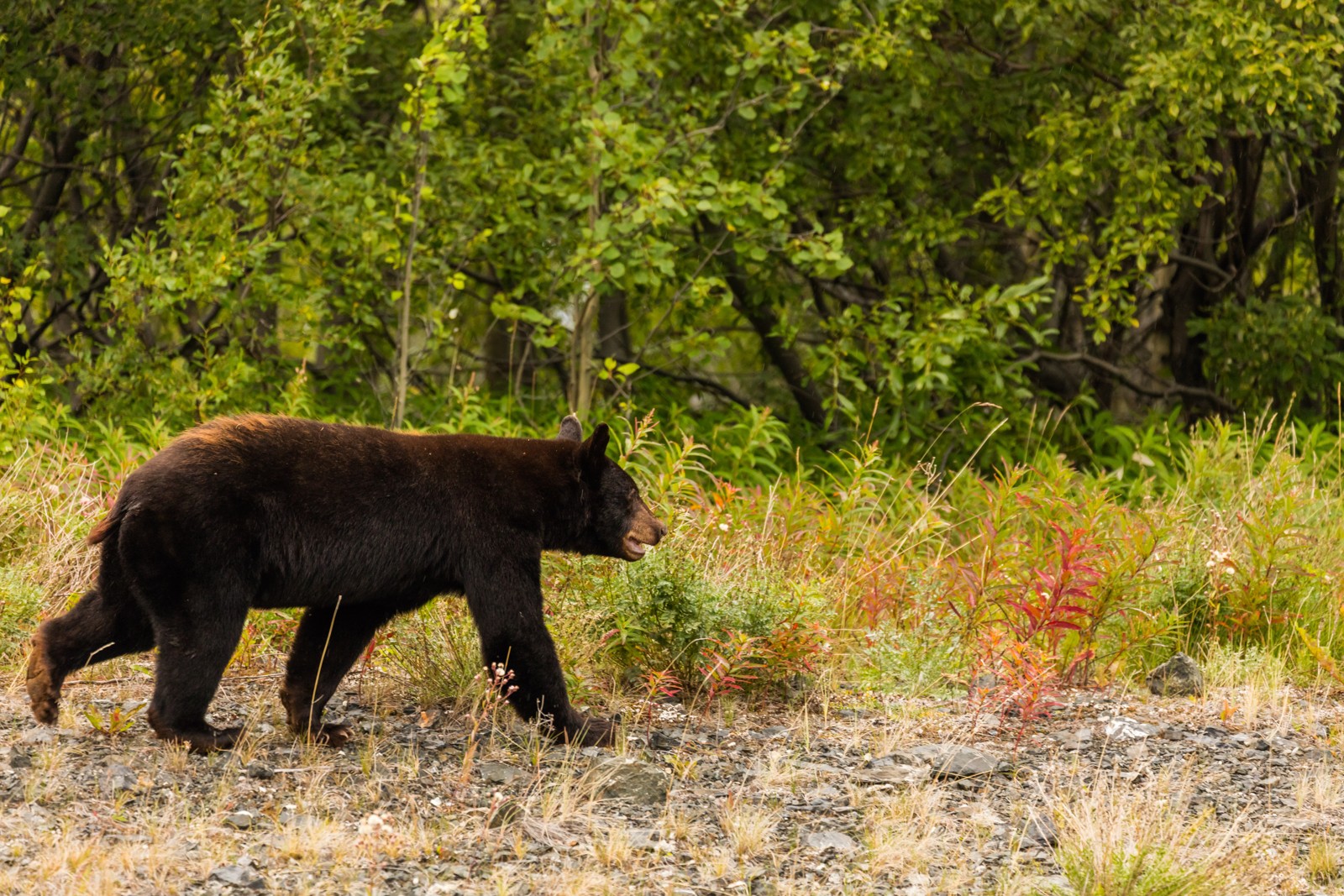Genet vs Civet: A Complete Comparison
While Genets and Civets may appear similar at first glance, these nocturnal mammals have distinct differences that set them apart. Genets are notably smaller, weighing 3-7 pounds (1.4-3.2 kg), while Civets are more robust, typically weighing 6.6-15 pounds (3-7 kg). Despite both being skilled hunters, they belong to different subfamilies within the Viverridae family.
The most striking difference between Genet and Civet lies in their physical build and hunting strategies. Genets are more agile tree-dwellers with longer tails for balance, while Civets are predominantly ground-hunters with stockier builds and distinctive mane-like crests along their backs.
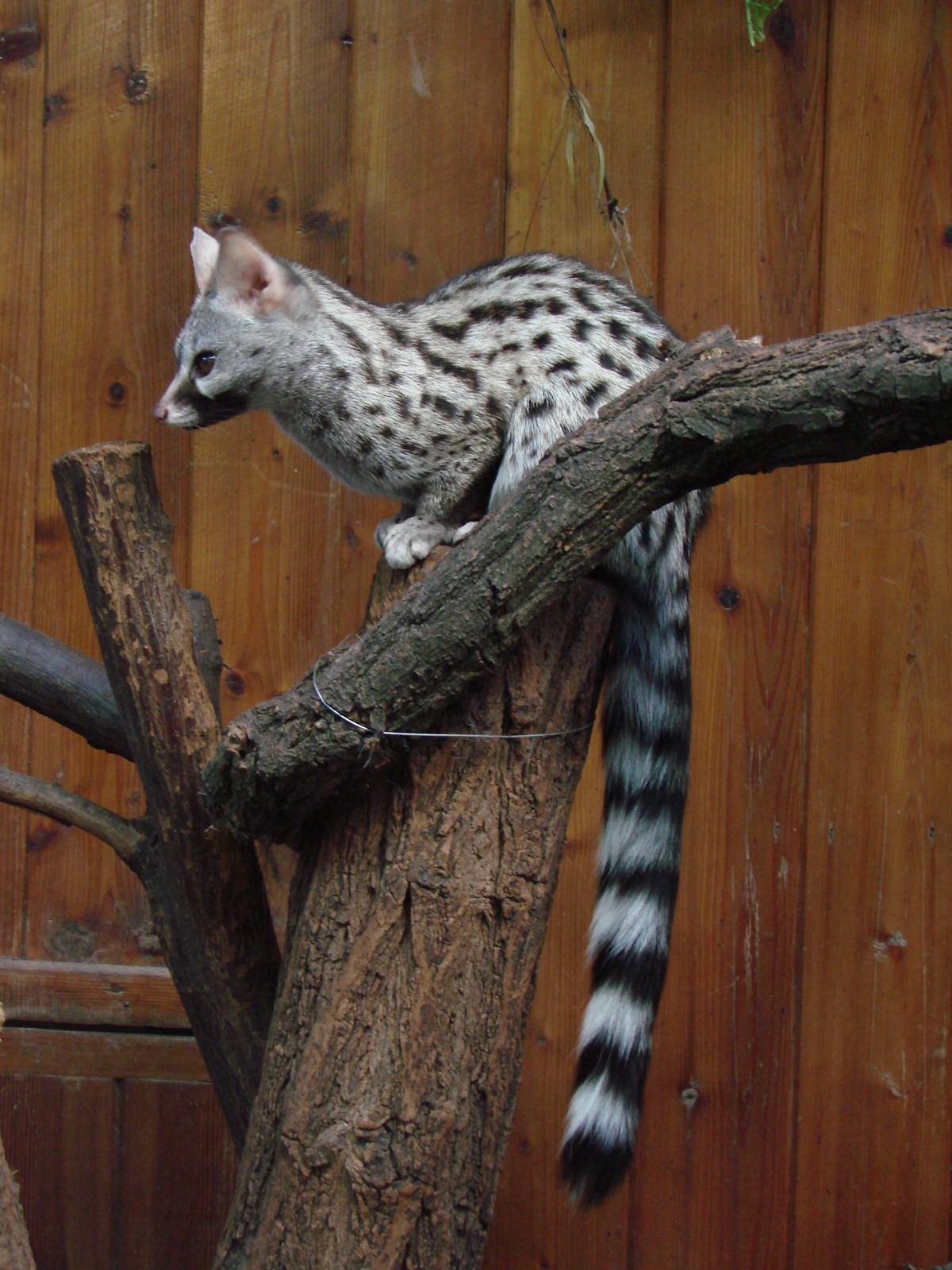
© Guérin Nicolas (messages) / CC BY-SA 3.0
The Common Genet demonstrates the species’ characteristic arboreal adaptations, including its long, ringed tail for balance and slender build perfect for navigating tree branches.
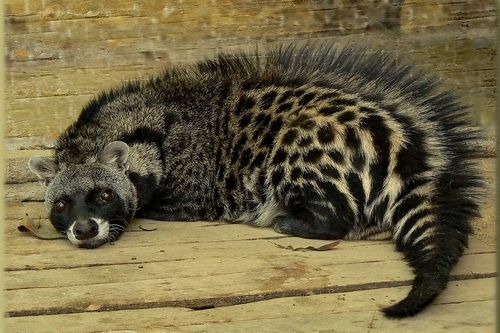
© Николай Усик / http://paradoxusik.livejournal.com/ / CC BY-SA 3.0
The African Civet showcases the species’ distinctive features, including its robust body, prominent dorsal crest, and unique spotted pattern characteristic of these ground-dwelling hunters.
Key Physical Differences Between Genet and Civet
| Feature | Genet | Civet |
|---|---|---|
| Size | 16-23 inches (41-58 cm) | 24-36 inches (61-91 cm) |
| Weight | 3-7 pounds (1.4-3.2 kg) | 6.6-15 pounds (3-7 kg) |
| Build | Slender, cat-like | Robust, dog-like |
| Tail | Very long, thin with rings | Shorter, thicker with rings |
| Distinctive Features | Spotted coat, no dorsal crest | Prominent dorsal crest, larger spots |
Habitat and Behavior
Genets are primarily arboreal, spending much of their time in trees and showing remarkable climbing ability. Their long tails serve as excellent balancing tools, allowing them to navigate thin branches with ease. These skilled climbers can even rotate their hind feet 180 degrees to climb down trees headfirst.
Civets, conversely, are predominantly terrestrial, though they can climb when necessary. Their stockier build and shorter tail reflect their ground-dwelling lifestyle. African Civets are known for their distinctive walking style, moving all legs on one side simultaneously.
Hunting and Diet
Genet Hunting Strategy
- Primarily hunts in trees and on ground
- Targets smaller prey like rodents and birds
- Uses excellent climbing ability for hunting
- More agile and faster in pursuit
Civet Hunting Strategy
- Ground-based hunting
- Consumes larger prey items
- Opportunistic omnivore
- Known to eat fruits and plant matter
Who Would Win in a Fight?
While direct confrontations between Genets and Civets are rare in nature, the larger size and more robust build of the Civet would likely give it an advantage in any potential conflict. However, the Genet’s superior agility and climbing ability would typically allow it to avoid such confrontations entirely.
Conservation Status and Threats
Both species face similar conservation challenges, primarily habitat loss and fragmentation. However, Civets face additional pressure due to their use in traditional medicine and the controversial kopi luwak coffee industry. Neither species is currently considered threatened, though local populations may face significant pressures.
Economic and Cultural Significance
Civets have played a more prominent role in human culture, particularly in the production of civet coffee and traditional medicine. Genets, while occasionally kept as exotic pets, have had less direct economic impact on human societies but serve crucial roles in their ecosystems as predators of rodents and other small animals.
Both animals continue to fascinate researchers and wildlife enthusiasts, offering unique insights into the diversity of nocturnal mammals and their adaptations to different ecological niches.
